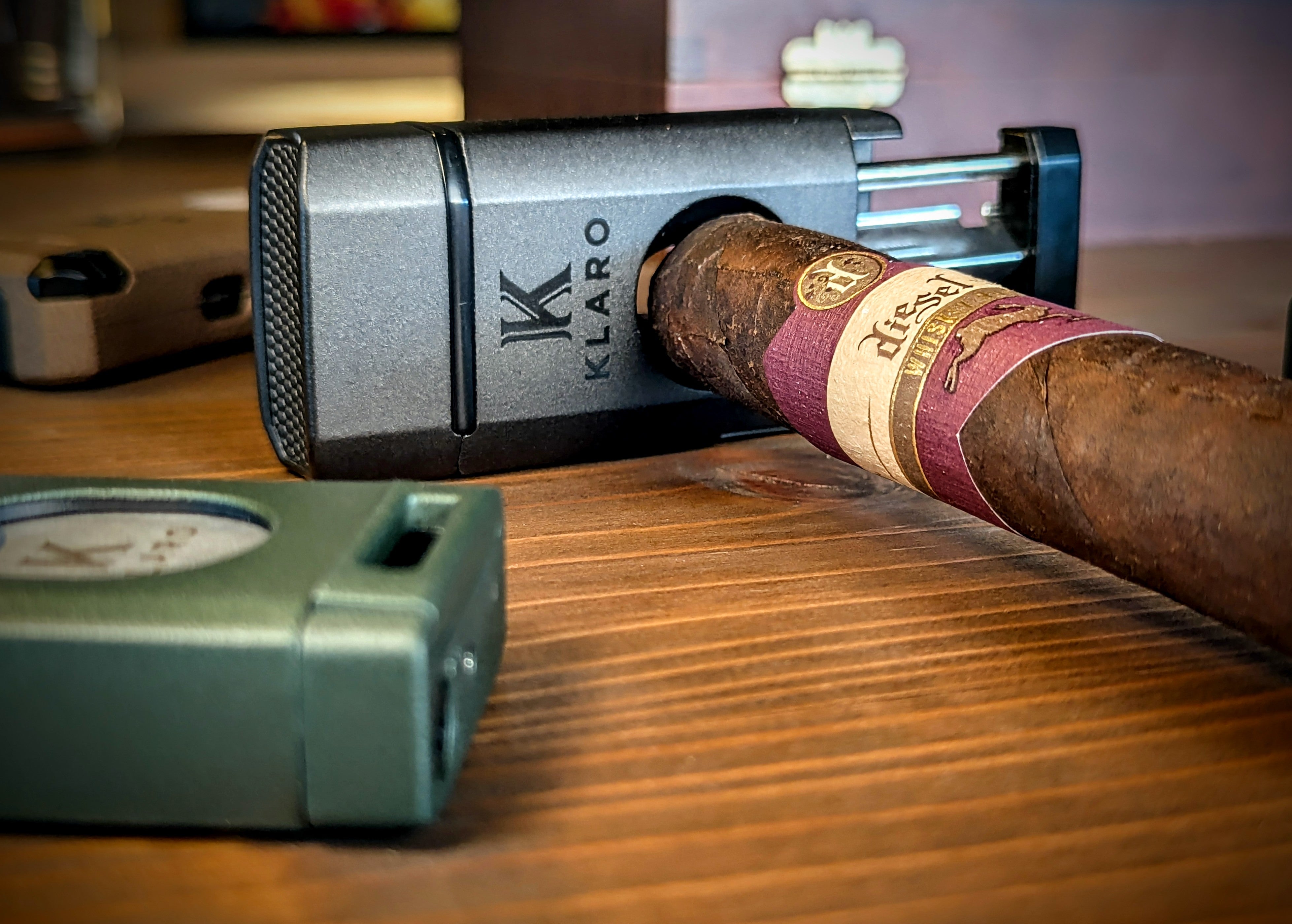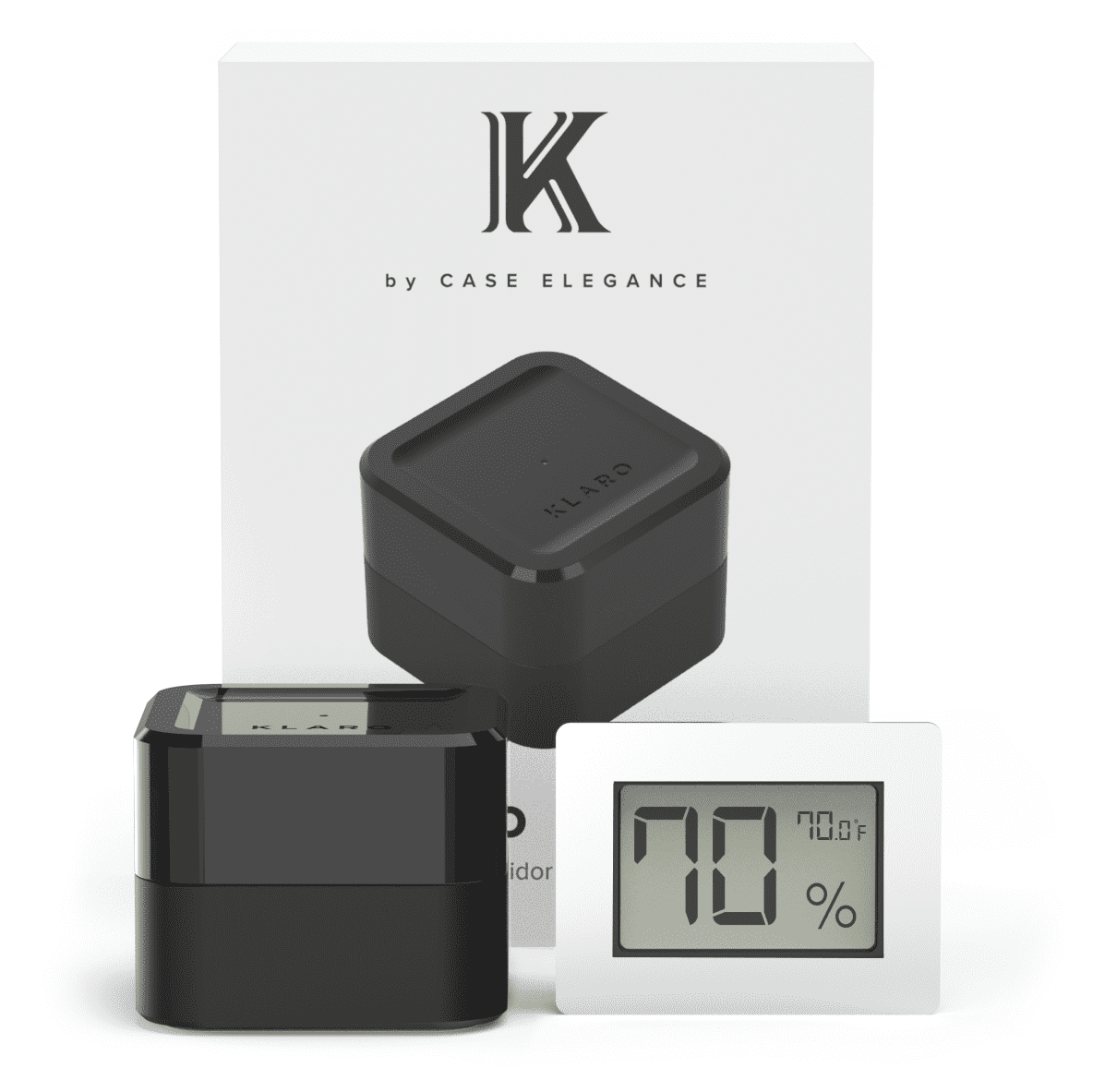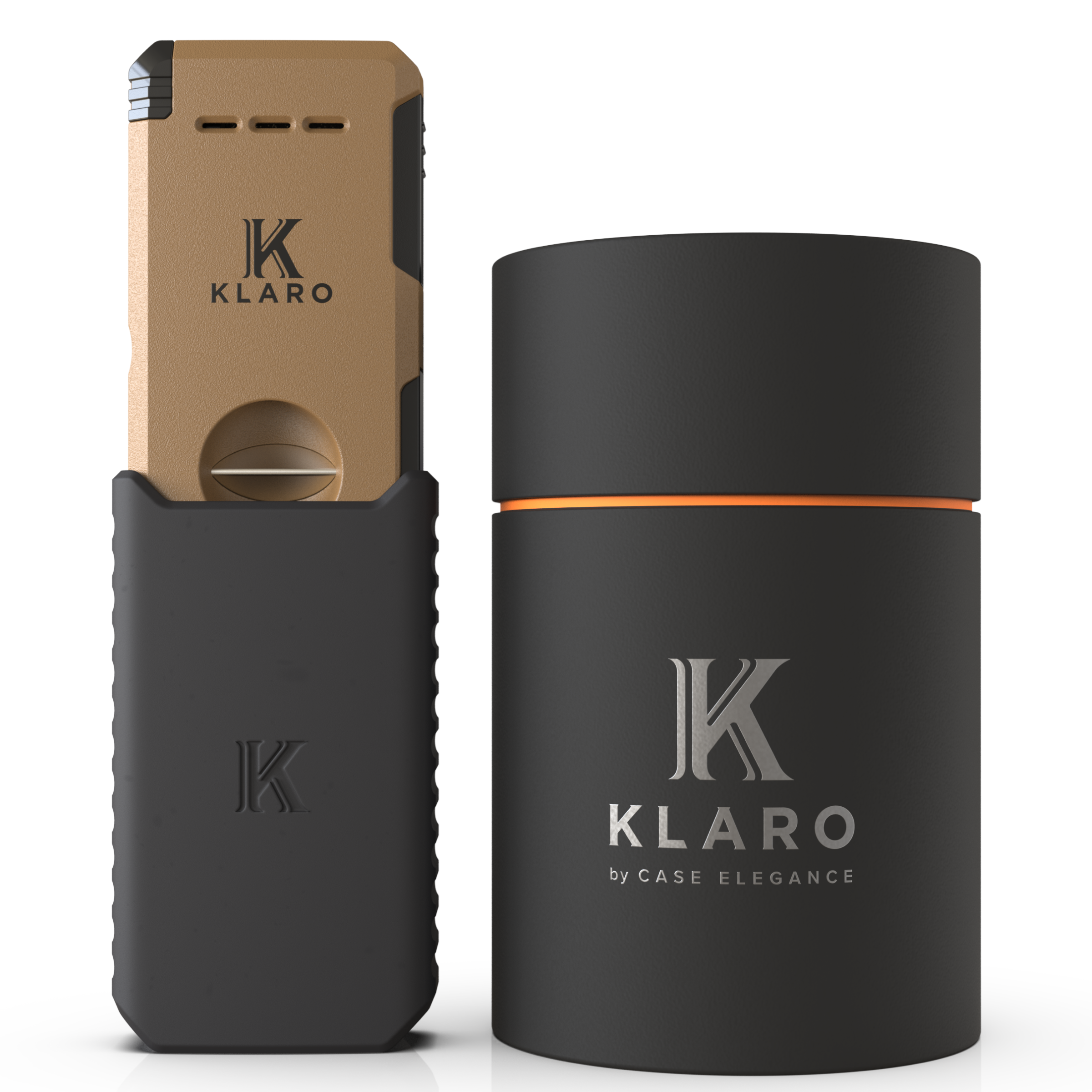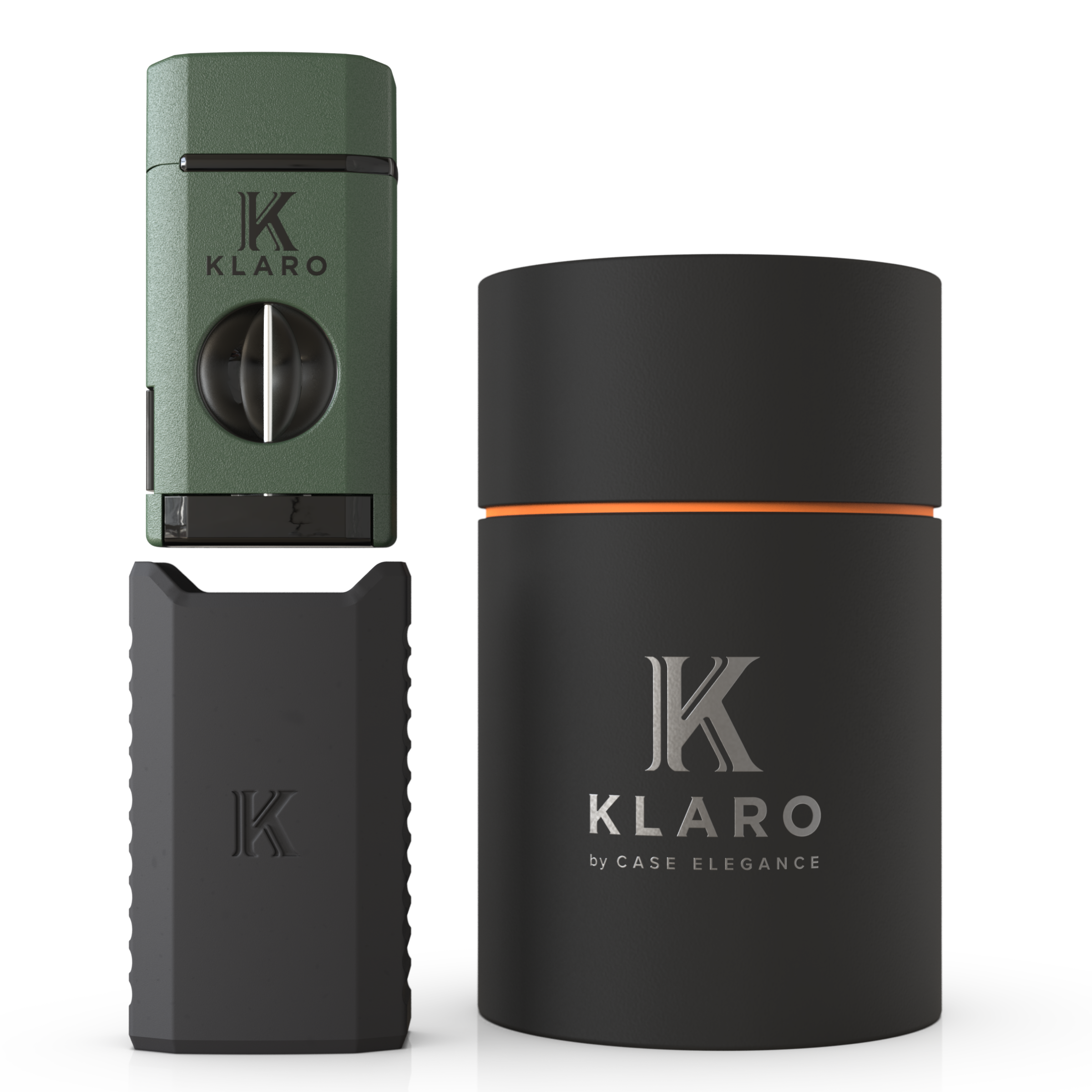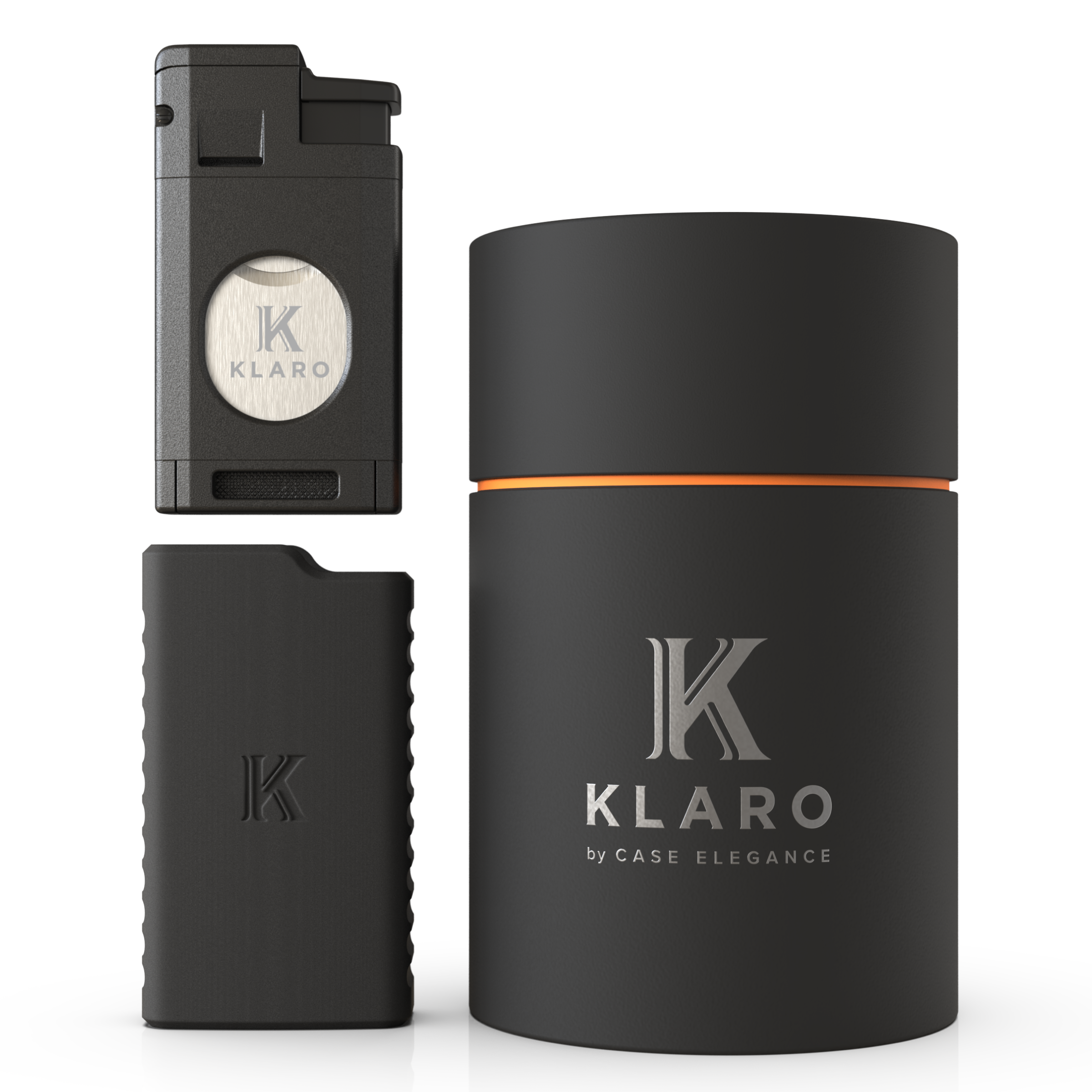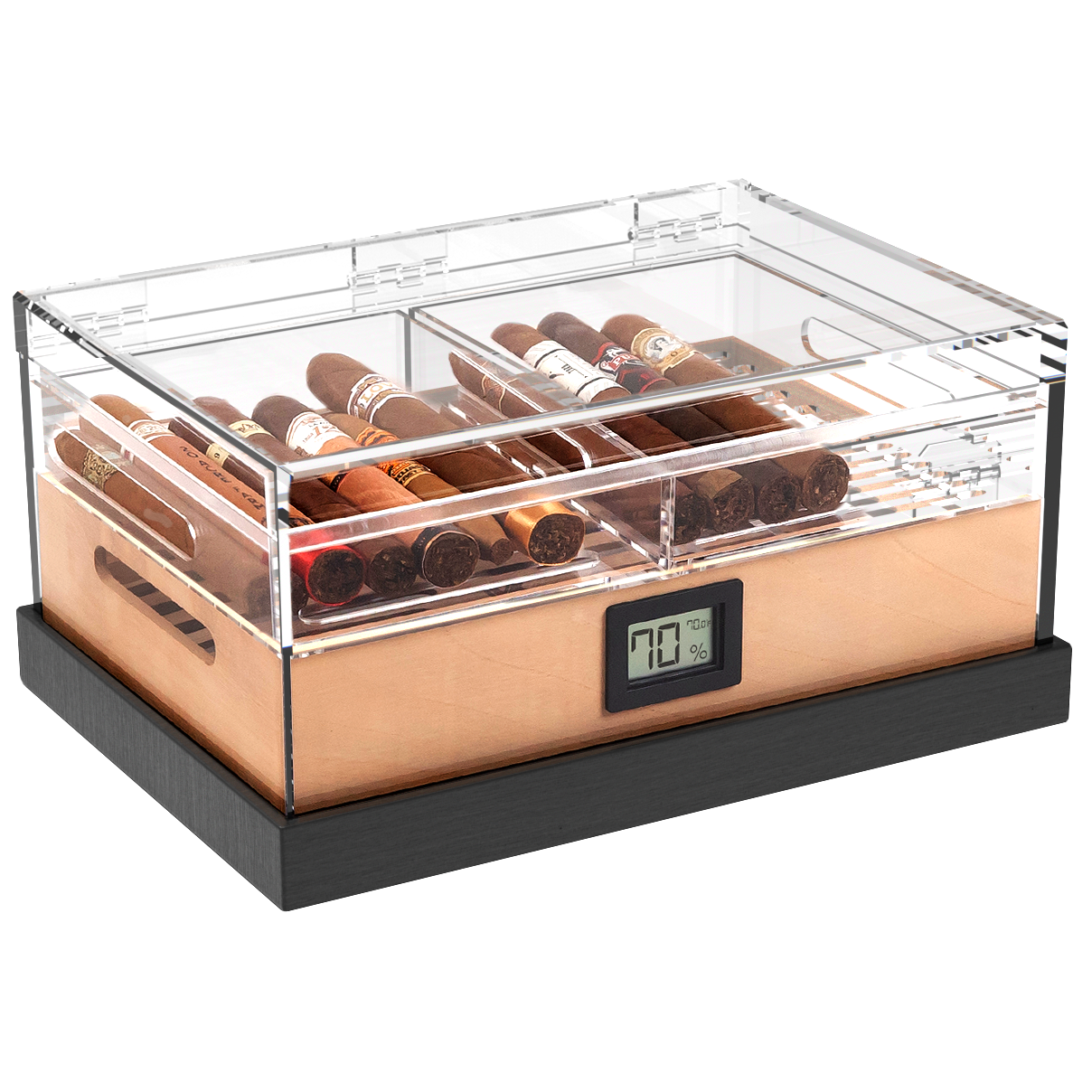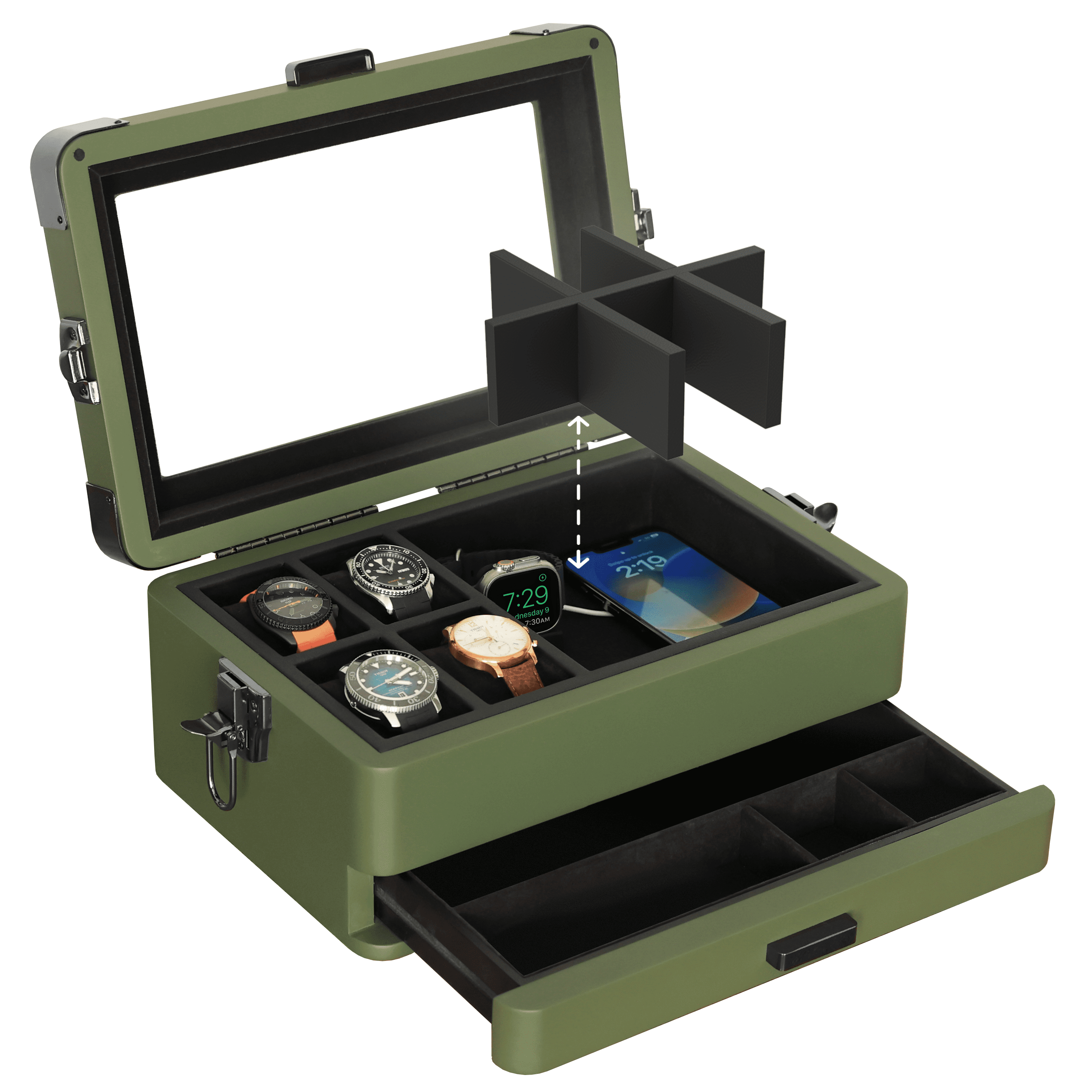When properly seasoned and maintained, a cigar humidor is the single best way of storing cigars. With the right amount of humidity inside, a humidor will create the ideal environment for cigars, guaranteeing that they are in prime smoking condition any time of the year.
Being that the majority of all humidor are constructed from wood, they tend to absorb a certain amount of humidity themselves, and then slowly release it back into the chamber, before reabsorbing it all over again.
To get a head start, a humidor seasoning process must be implemented prior to loading the box up with smokes. This is where you take some humidor solution and apply a certain amount of it to the wooden internal walls of the humidor with a cloth or sponge. While this seasoning process should take place every time you procure a new humidor, it will not last forever, as even the best humidors are susceptible to drying out.
So, what happens when your humidor starts showing signs of drying out? You definitely don't want your stogies to suffer, so you turn to Klaro for help, and we happily answer the call.
How Does a Humidor Dry Out?

Since humidors rely on humidity to function properly, a certain amount of maintenance must be implemented, or else the interior of the box will slowly lose moisture. This is where the act of "seasoning" comes into play.
Just like injecting brine or a marinade into a ham prior to it hitting the smoker, the seasoning that is applied to the insides of a humidor is done in advance to return a superior end result. During this process, the interior of the humidor (if it is made of Spanish cedar, that is) is hydrated with a wipe-down of humidor solution. The goal is to get the absorbent nature of this specialized wood to a point where it can consistently hold anywhere between 65–72% humidity at any given time of the year.
There are several schools of thought on seasoning a humidor. The most common is merely wiping the interior of the humidor down with a water-soaked rag. This method isn’t particularly efficient, nor does it last very long. Applying water directly to Spanish cedar can actually cause the wood to warp, mold, and even loosen the seal on the lid.
Skip the H20, and wipe everything down with a splash of humidor solution instead. All Klaro humidors come complete with everything you need to season the interior and keep it in prime condition for years to come. You also have the option to sign up for our Klaro membership, which provides all of the required materials for maintaining a Klaro humidor for a full year or more.
This is where that seasoning process comes into play, which, if not done properly or skipped entirely, can result in your humidor drying out. Which leads us to a really ominous question...
What Happens if a Humidor Dries Out?

Any time wood dries out extensively, it shrinks. This can cause any number of issues to arise inside a humidor, especially when the Spanish cedar lining is tightly fitted. A good fit and semi-moist cedar are why humidity levels are able to stay balanced for prolonged periods of time. A condition that, in turn, makes for some very happy cigars.
But allow that wood to shrink, or even crack, and those tight-fitting corner seams along the coping and within the lid will begin to separate from one another. Not only does this create that seal issue we mentioned earlier, but it can also mean that when the humidor may not fit together properly when rehydrated, or "reseasoned" as it is commonly called.
Once a humidor gets to the point where it is splitting inside, it’s probably time to hunt for some fresh living quarters for your stogies. Furthermore, if you had any cigars in the humidor while it was drying out, burn concerns will be a constant factor until those cigars get rehydrated. And while cigars can be surprisingly resilient, the oils that play a key role in forming the flavors and aromas that form their overall profile must be preserved to some extent. Allow those oils to dry up, and the cigar flavor profile will be altered forever, and probably not for the better either.
Can You Rehydrate a Dried Out Humidor?

So, can you fix a dried-out humidor? Well, that just depends on how dried out the humidor is inside, and how attached you are to the damn thing. If the Spanish cedar lining has come apart at the seams, it’s going to be a challenge. But, if you don't see any major splits anywhere, and the lid closes properly, you can attempt to reseason that cigar storage vessel.
In most Klaro humidors, all you need to do is remove all of the cigars inside and place them in a locking container with a tight seal, and fill your Hydro Tray or Hydro Channel with some distilled water. This will jump-start the rehydration process, and after leaving the humidor untouched for a day, chances are a fair deal of the water will be gone. That lets you know how thirsty that Spanish cedar lining inside was feeling.
Now, it’s time to start the reseasoning process. To do so, simply add solution to each quadrant of the hydrotray or hydro channel, then close the lid and leave the humidor alone for 3–5 days. Use your hygrometer to keep an eye on things, and see if you can get that humidity to reach that 68–72% sweet spot within 12 hours or so. If that doesn't work, but you can see an increase that results in a reading that is somewhat close, go ahead and wipe down all of the interior with some solution.
Rehydration may not happen overnight, and in extreme situations, it may not even work with regular humidor solution. If your humidor is having a particularly difficult time rehydrating, consider using Klaro's specially formulated Winter and Dry Climate Solution. Consider it a humidor solution on steroids, and it is particularly well-suited to rehydrating dried-out Spanish cedar.
Parting Puffs

After your humidor has gotten to a point where it appears fully rehydrated, make sure to keep an eye on your humidity levels. Fluctuations can occur quickly, and having an idea as to whether or not your humidor is actually functioning properly is paramount.
Once things look consistently stable, feel free to put your cigars back inside and allow them to absorb some of that much needed moisture. If you haven't already installed one, be sure to pick up a Klaro Valet smart hygrometer as well, as the app that it comes synced to will help you monitor internal humidity levels while you are away, and notify you if levels start to drop. If they do drop, go back and conduct the reseasoning process one more time. It's a tad tedious, but with a little luck, you should be able to bring your humidor back to life, and in turn, provide the perfect home for your cigar collection.




